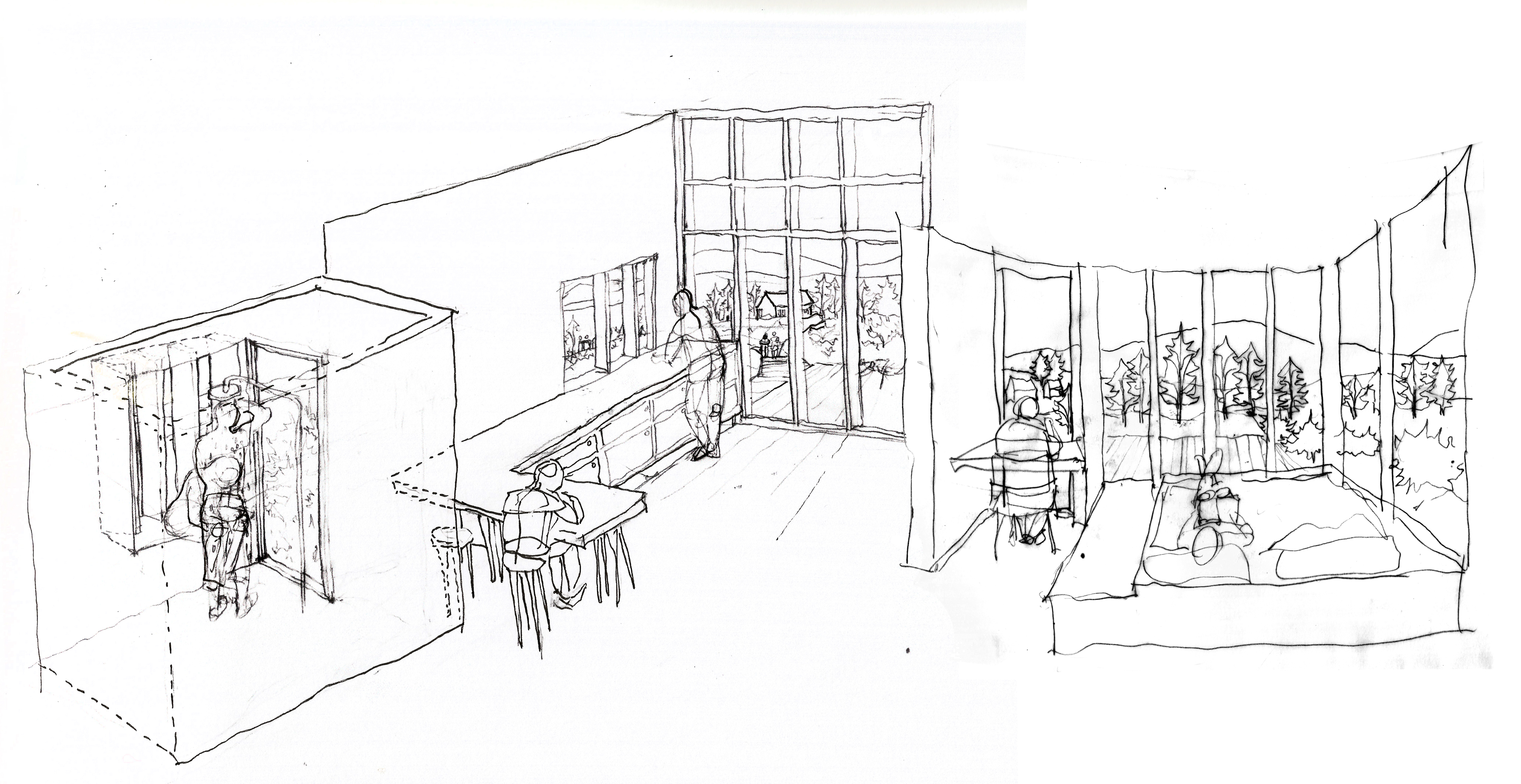Setting a narrative for visual connectivity
- Design Method Study
While investigating the aspects of the boundary, periphery and transition spaces, I am interested in testing the relevance of the Theory of Affordances by J. J. Gibson and the associated nomenclature applied to describe the subtle moments of the documented design interventions. Thus, I look at the given space as a medium where certain qualities of surfaces and their layout create affordance for specific activities – be it a flat surface suitable for sitting, an alcove inviting to stop by or a sunny wall patch conducive for comfortable leaning and engaging in a conversation.
The aim is to categorise the previously intuitively used design tools based on the psychology of ecological perception and appreciate the direct linkage between the design’s nuances and the subsequent use - paving the way to explicit design methods and the placemaking process. A systematised catalogue of the design tools relating to the structure of reflected light, relative point of view, textures or even the roundness or sharpness of edges grants a possibility of a more rigorous appraisal of the existing and future design outcomes.
I am studying how the positioning of such an underlying sequence narrative as pivotal to the design strategy impacts the trajectory of the process, shapes the final porosity of the built fabric, as well as impacts the subsequent use. Giving this additional attention to the perception mechanisms which impact the design methods, particularly concerning the visual connectivity, I look at the new, apt ways of representation and appraisal of the designed fabric porosity. And so, I am delaminating all the built structures between the private domain and public realm into layers that act as visual connectivity filters – this helps to visualise and code the direct link between the gradation of privacy and porosity of the built fabric). The envelope of the building stripped down to information showing it solely as a filter for visual connectivity acting in a specific depending on the point of view, proves valid as means to a retrospective assessment of past projects and as a design tool for the current ones.
contribution to Ca2Re Hambur (link) ︎︎︎




all drawings by Kaja Deleżuch
copyright © 2010-2025 Kaja Deleżuch
all rights reserved